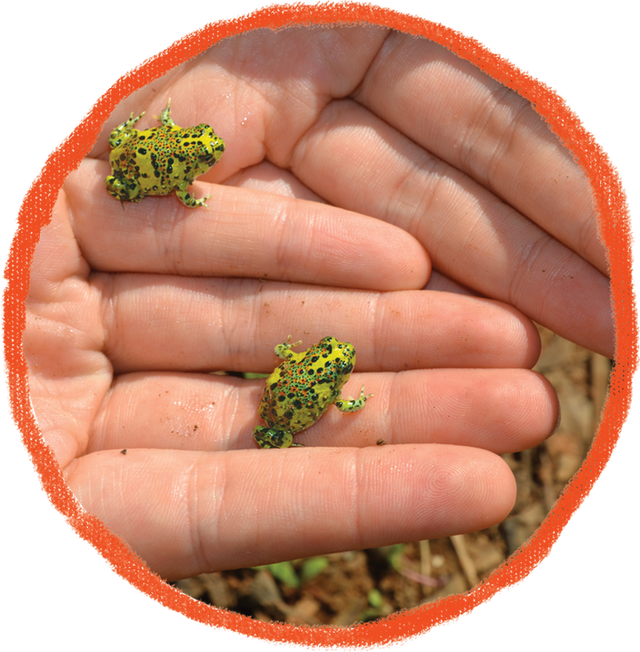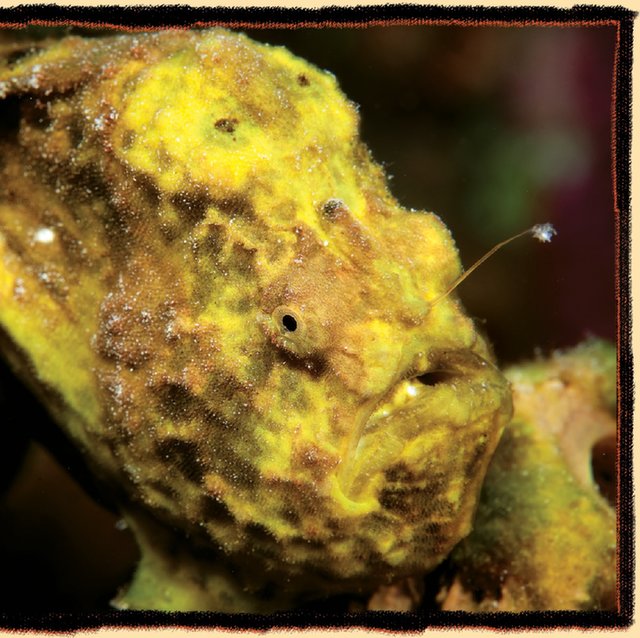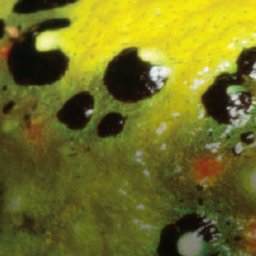
StickiestSituation
Thefirstrainafteralong,hotdryseasonpoursdownontheAustraliangrasslands.Itsoaksintotheground.Withinminutes,themudstartstomove.Insectshatchanderuptoutofthewetgroundandscatterlookingforfood.APing-Pong-ball-shapedfrogwakesfromalongsleepanddigsherwaytothesurface.Thecrucifixfrog’scross-shapedpatternonherbodymakesherstandout.Toblood-eatingflies,shelookslikeaneasymeal.Itdoesn’ttakelongforthemtoattack her.
Luckilyforthecrucifixfrog,shehasaninterestingadaptationthatturnsthisstickysituationintoameal.Shereleasesgoofromherskin.Thegooislikesuperglueandhardensinseconds.Everysingleinsectonherbodyisnowstuckfast.Eventually,shewillshedherskin.Whenshedoes,she’llgobbleitup—glue,insects,and all.
DeadliestDrool
Komodoshavedevelopedsomeprettyextremeadaptationsforhunting.AKomododragon’stonguehelpsittastetheairandfindprey.Itsstrongandjaggedteethcantearthroughlargeranimalslikedeerandwaterbuffalo.Butit’sthedrool,oozingoverthetongueandteethofthedragon’smouth,thatisitssecret weapon.
Thelizardsensesadeernearby.Itlaunchesitselfatthedeerandbitesit.Thedeerleapsoffintotheforest.Itwon’tgetfar.Thoughthedeerwasonlybittenonce,itwillnotsurvive.TheteetharenotthemostdangerouspartofaKomododragon.Thedrooliswhatreally kills.
Komododragonmouthsareteemingwithdeadlybacteria.Rottenmeattrappedbetweentheteethofthelizardfeedsmorethan50bacterialstrains.Atleastsevenofthevarietiesofbacteriaaredeadlytomost animals!
Komodosalsohavevenomintheirsaliva.Itpreventsbloodfromclotting,whichmeansbitewoundswon’theal.So,asingleKomodobitedeliversadeadlysoupofpoisonousspittleintoawoundthatwon’theal.TheKomodowillwaitforthedeertodie.Thenitwill eat.
SpeediestSucker
Awormwigglesoveracoralreef.ApassingfishbreezesuptoswallowitandWOOMP!Thefishisgone.Inone-sixthofasecond—fasterthantheblinkofaneye—thefishissuckedintothegapingmouthofa frogfish.


Frogfishhaveatriple-edgedapproachtohunting.First,theyaremastersofdisguise.Somelooklikerocksorsponges.Otherslooklikeclumpsofseaweed.Theyblendinsowelltheyaresimplyunseenby passing fish.
Second,frogfishhavebuilt-infishingpoles.Stretchingoutfromafinontheirbacksisalongspine.Itreachesupandovertheheadwithalureattheend.Toprey,thelurecanlooklikeaworm,afly,orafloatinginsect.Frogfishhideinplainsightwiththeirmouthsopen.Theywiggletheluresanddrawunsuspecting fish.
Third,frogfishcanreallysuck.Whenpreyisclose,frogfishstrike.Theirbodiesballoonupto12timestheirnormalvolume.Thiscreatespressurethatsuckspreyinlikeavacuumcleaner.Ithappenssofastthatasinglefishcanbesuckedoutofaschoolwithouttheotherfish noticing.
Standbackfromthefrogfish!Its vacuum-likemouthcansuckinpreyfasterthanyoucan blink.




